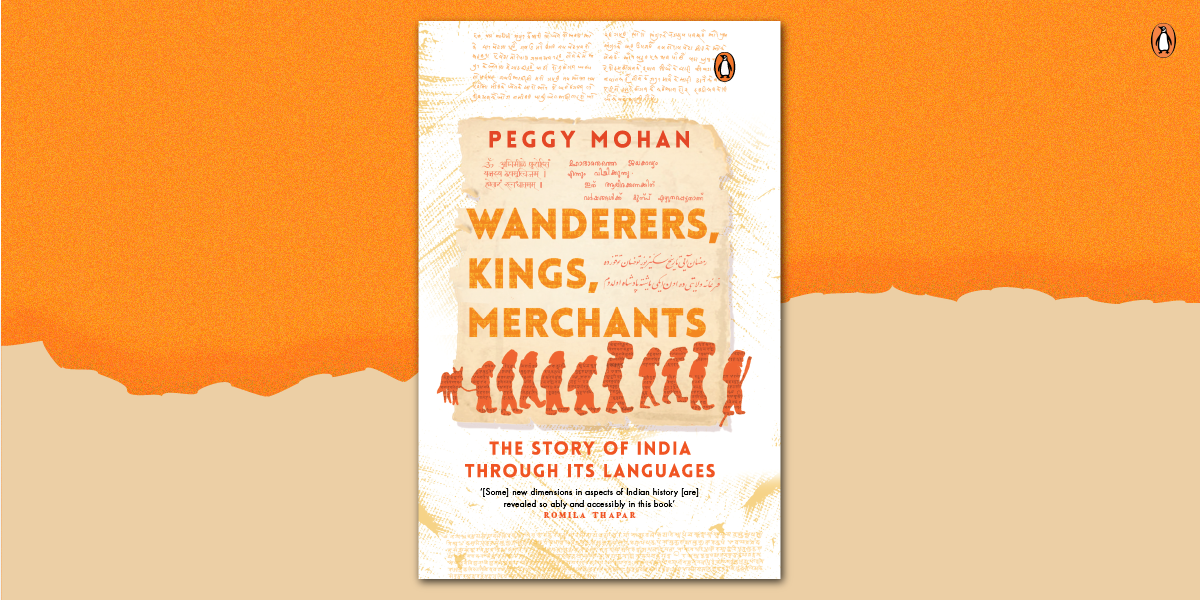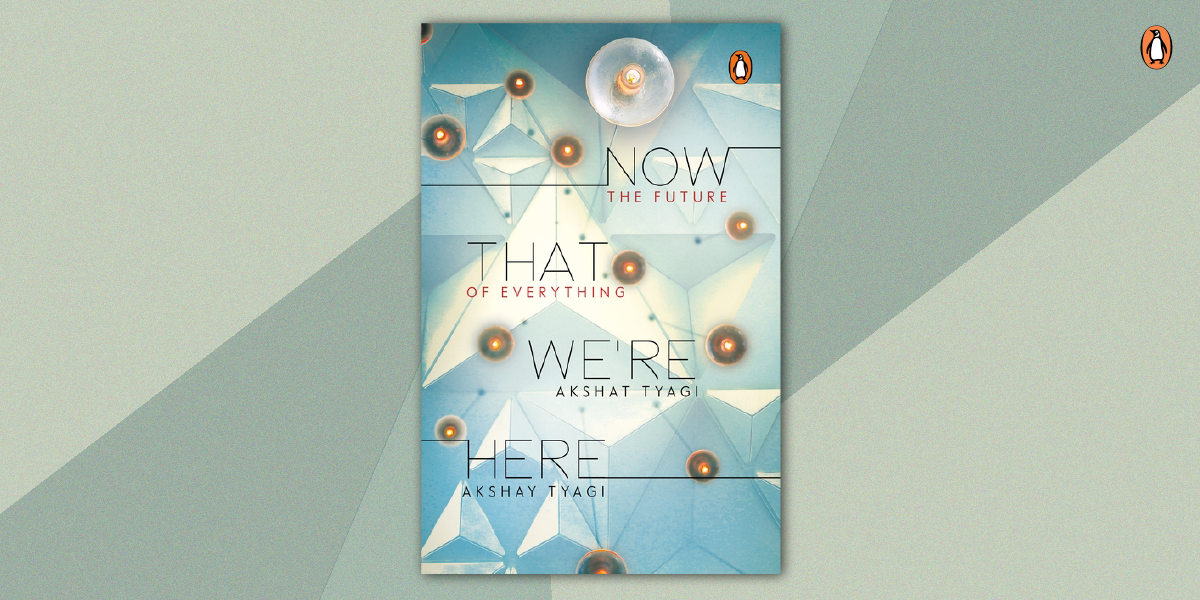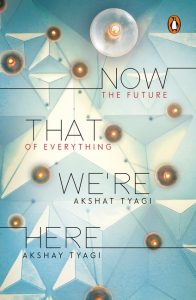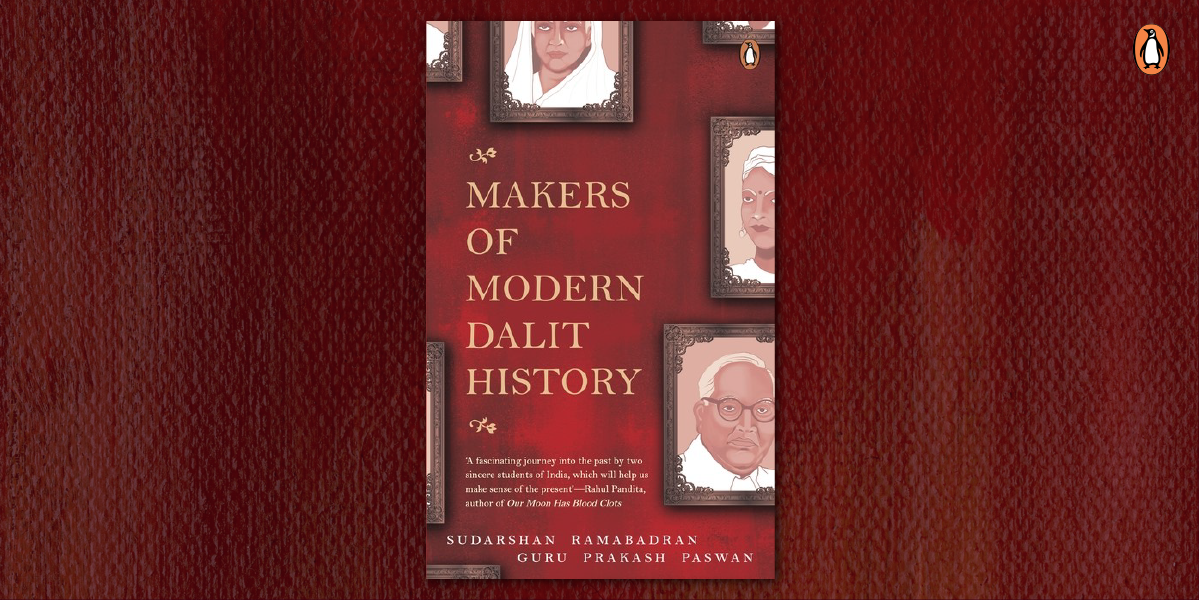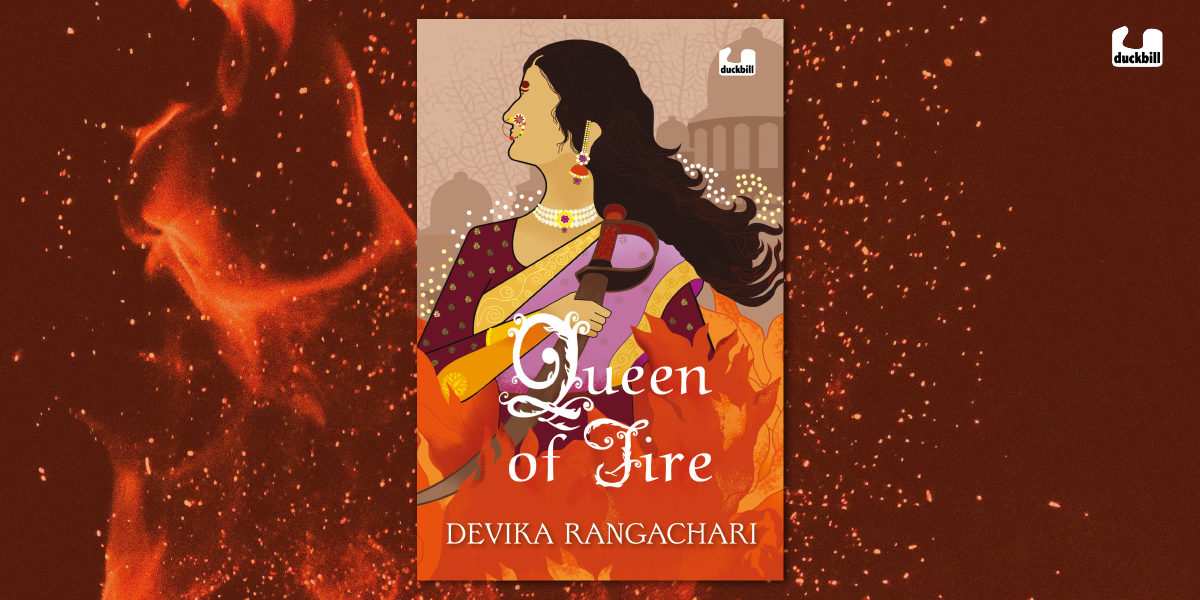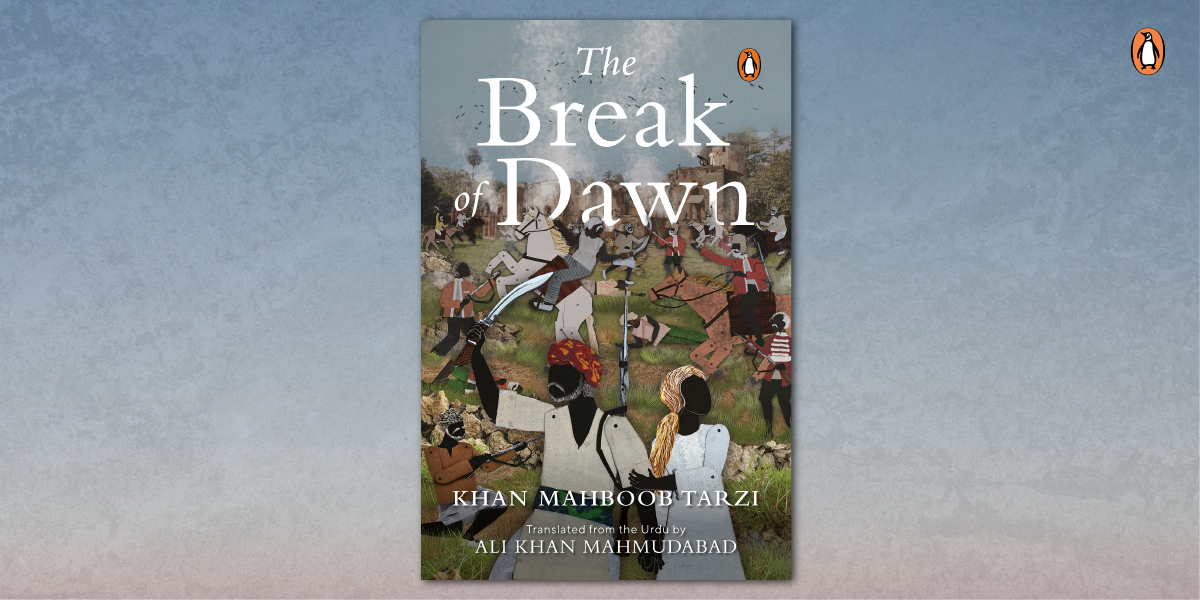One of India’s most incredible and enviable cultural aspects is that every Indian is bilingual, if not multilingual. Delving into the fascinating early history of South Asia, Wanderers, Kings, Merchants reveals how migration, both external and internal, has shaped all Indians from ancient times. Through a first-of-its-kind and incisive study of languages, such as the story of early Sanskrit, the rise of Urdu, language formation in the North-east, it presents the astounding argument that all Indians are of mixed origins. It explores the surprising rise of English after Independence and how it may be endangering India’s native languages.
Here’s an excerpt from the book in which the author introduces us to the concept of gestational learning through a personal anecdote, about the process of learning a new language.
*
Indian English comes to most of us not in measured steps, visible day by day, as would happen with a foreign language we learnt in class at school, but mysteriously, gestating inside our heads invisibly for years before it is ready to be ‘born’.
My first glimpse of gestational learning came from observing my daughter. Her first language was Hindi, but English was a language she heard every day at home being used by adults. There is a common belief that children can learn any language they are exposed to before the age of five. Yet while she was hearing English all the time, when she spoke it was only in Hindi.
When she was two and a half, we went abroad for a few months. If she thought that English was something only adults spoke, maybe in a playschool she would meet children her age who spoke English and pick it up from them. But it didn’t happen: she stuck to Hindi, and I had to be her translator.
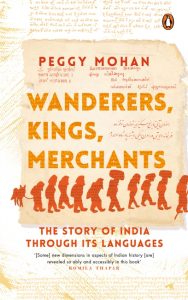
And then one evening back in Delhi, when she was four, she overheard her father and me wondering in English who to leave her with so that we could go out. She started to cry.
She understood! And then about a week later, she suddenly started speaking to us in English, a bit hesitantly at first, but in full sentences, with the accent of a fluent Indian speaker of English. When I remarked on her speaking English, she looked nonplussed.22 She did not even notice that she was doing anything different from before, she was simply . . . talking!
It is interesting to speculate on what all must have been going on inside the black box that is her mind. The first thing to note is that while Hindi was spoken to her emphatically in sing-song ‘motherese’ and with full eye contact, English was something she encountered in profile, as it were. Adults talking among ourselves, but not directly to her.
When we make films for young children, we use point-of-view shots, with close-up frontal images of people talking directly into camera. If the shots on the screen are profile shots, of people speaking to each other but not directly to children who are watching, their eyes stray away from the screen. They do absorb what is happening, but they do not give it their full attention. They have a clear idea of when they are being spoken to, and what speech can be treated as background noise.
…
It is not clear how the background noise from conversations in another language gets absorbed and eventually comprehended. In linguistics, we believe that children are born with innate clues as to what to expect when they encounter languages, allowing them to construct complete representations in their minds. But the English adults speak between ourselves is not the stripped-down code that we would use to a child, because it is not meant for a child. Adults’ sentences are longer and more complex—our speed of speech is faster, and we use much, much more vocabulary to refer to things that are not a part of a child’s world, including abstract things.
Out of this rich diet, children do eventually sort out basic sentence structure, leaving up in the air a large number of things that cannot make sense to them right away. There is a strong relationship between how difficult incoming data is to sort out and how long a child will delay before beginning to speak. In multilingual homes where two or more languages are used from the start for exactly the same things—with the two parents speaking the two different languages—children do grow up bilingual or multilingual, but they tend to start speaking later. And when they do, they are set to become ideal translators, as they can say exactly the same things in their different languages.
**
For a fascinating insight into learning a new language and the import of languages for a culturally diverse country like India, read Peggy Mohan’s Wanderers, Kings, Merchants.







